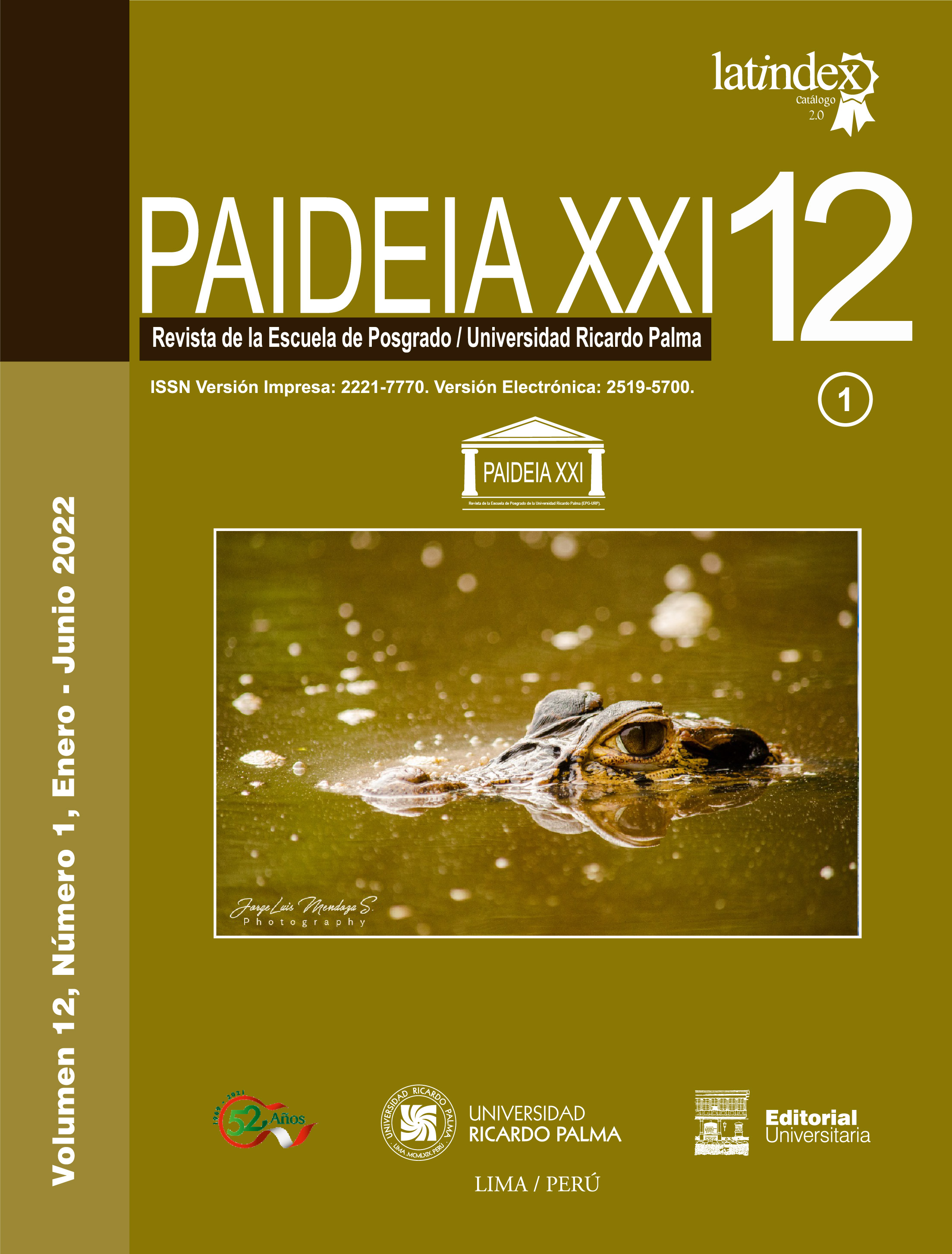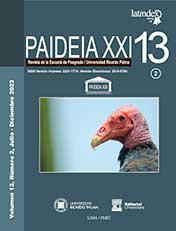TRAINING DECISION AS AN ELEMENT OF SCIENTIFIC RESEARCH FROM THE CONCEPTUALIZATION OF STATISTICS AND DATA SCIENCE: THE OBVIOUS, NOT SO OBVIOUS
DOI:
https://doi.org/10.31381/paideia.v12i1.4841Abstract
The purpose of the study was to describe the need for decision-making from the conceptualized training between Statistics and Data Science. Four elements are key in science: theory, data, methodology, and problem, because if the data is part of science then it seems wrong that there is a DataScience since no methodology from Data Science can decide, the “ideal or correct” pattern since there are multiple patterns to be understood. On the other hand, if the statistical programs are incapable of analyzing hundreds of thousands of data (it makes no sense when decisions are recognized from a random probabilistic sample and, on the contrary, not considered makes it impossible to make inferences), then the possibility of representing diversity from Statistics is limited since there is centralization in minimizing the sums of the deviations to the mean square and not understanding the diversity that Data Science performs. It is concluded that Statistics adds to reliability and validity, while Data Science allows the development of methodologies that condition the incorporation of technologies where it is difficult to unmark the barrier between Statistics and Data Science because on some occasions they are indistinct from each other and in other cases an association is shared. Therefore, mastery of data processing from Statistics and machine learning facilitated by Data Science is required for the decision, but there must be training in both fields of study.
Keywords: data science – decisions – professional competence – statistics












